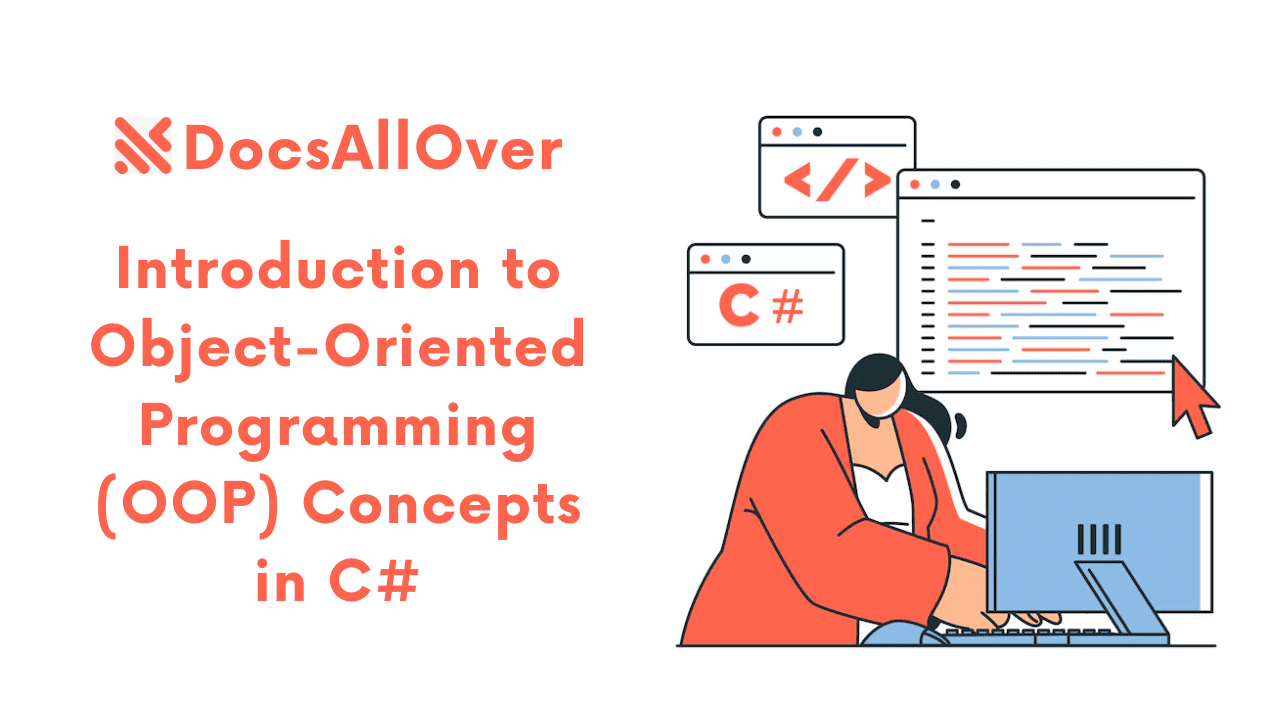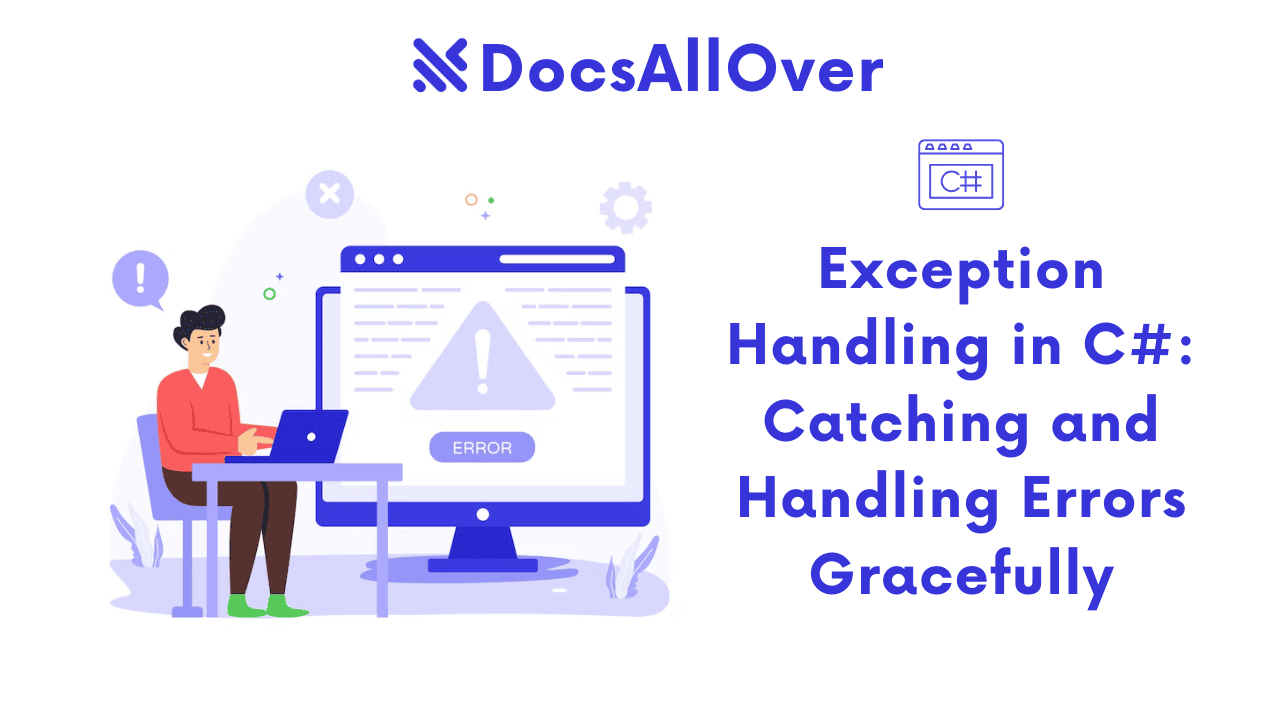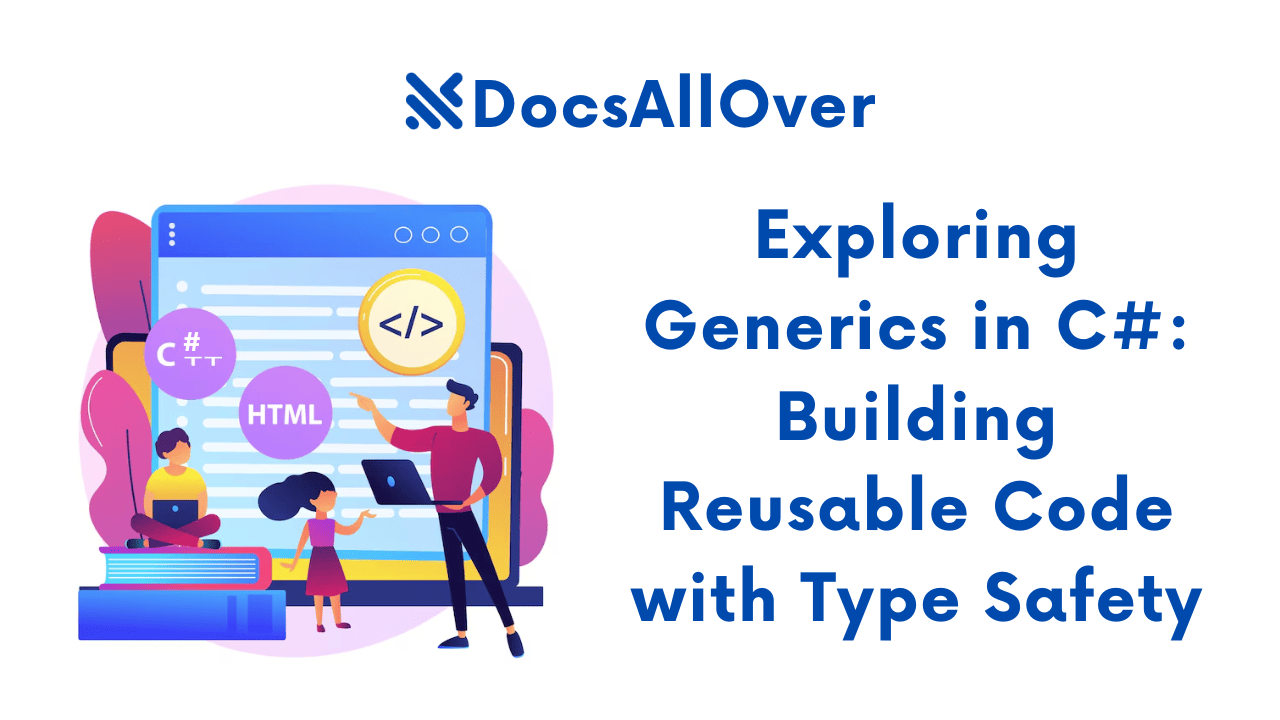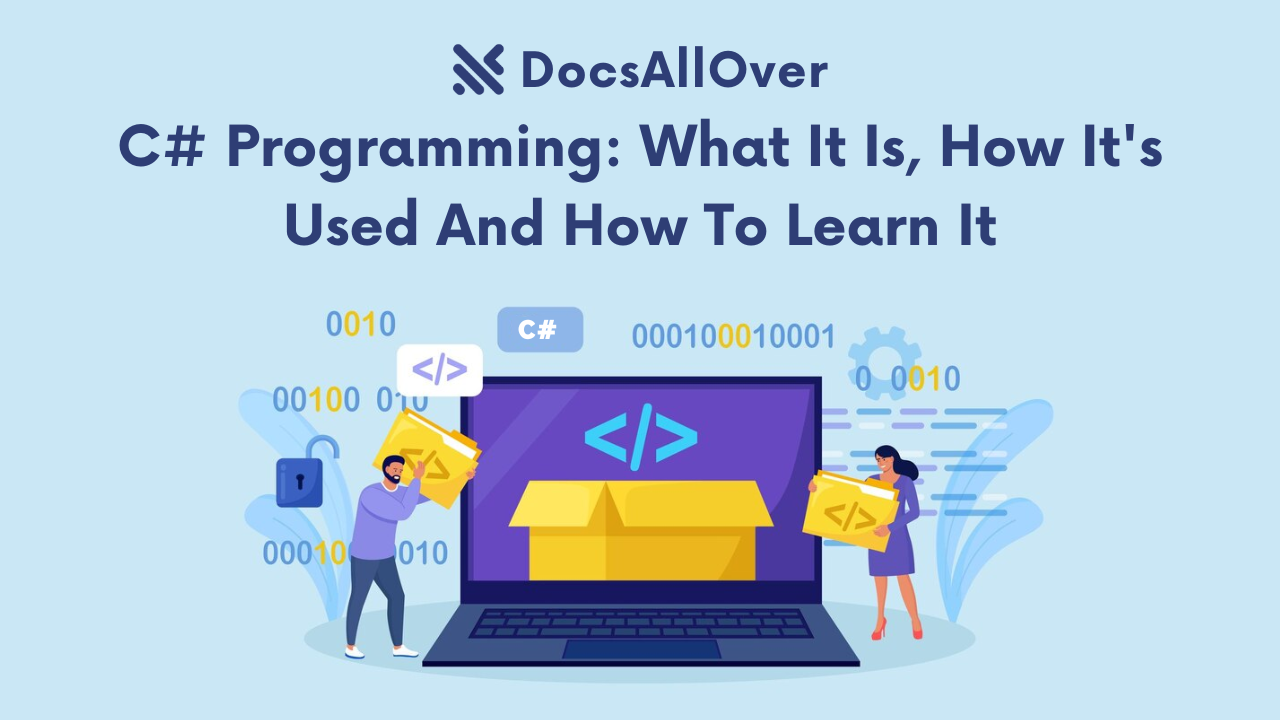Introduction to Object-Oriented Programming (OOP) Concepts in C#

What is Object-Oriented Programming (OOP)?
Object-Oriented Programming (OOP) is a programming paradigm that organizes software design around the concept of "objects." These objects have properties (data) and behaviors (methods) that interact with each other. OOP provides a structured approach to software development, making it easier to understand, maintain, and extend complex applications.
Why Use OOP?
- Modularity: Breaks down complex problems into smaller, manageable units.
- Reusability: Encourages code reuse through inheritance and polymorphism.
- Maintainability: Makes code easier to understand, modify, and debug.
- Flexibility: Adapts to changing requirements through object-oriented design principles.
Basic C# Syntax
Before diving into OOP concepts, let's quickly review some basic C# syntax:
Variables and Data Types:
Control Flow:
Methods:
Core Concepts of OOP
Classes and Objects
In OOP, a class is a blueprint or template for creating objects. It defines the properties (data members) and behaviors (methods) that objects of that class will have. An object is an instance of a class, representing a real-world entity.
Example:
In this example:
Caris a class.Make,Model, andYearare properties (fields) of theCarclass.Start()andStop()are methods of theCarclass.
To create an object of the Car class:
Here, myCar is an object of the Car class. We can access its properties and call its methods.
Encapsulation
Encapsulation is the principle of bundling data (attributes) and methods (functions) that operate on that data within a single 1 unit, the class. This encapsulation helps in:
- Data Hiding: Protecting the internal state of an object from external interference.
- Modularity: Breaking down complex systems into smaller, self-contained units.
- Reusability: Promoting code reusability by creating well-defined classes.
Access Modifiers:
C# provides four access modifiers to control the visibility of class members:
- public: Accessible from anywhere.
- private: Accessible only within the same class.
- protected: Accessible within the same class and its derived classes.
- internal: Accessible within the same assembly.
Example:
In this example:
Nameis a public property, accessible from outside the class.Ageis a private field, accessible only within the Person class.- The
SetAgemethod is private, controlling how theAgeproperty is set.
By making the Age field private and providing a public method to set its value, we ensure that the age is always valid and cannot be set to a negative value.
Inheritance
Inheritance is a powerful OOP concept that allows you to create new classes based on existing ones. A derived class inherits the properties and methods of its base class.
Base Classes and Derived Classes
- Base Class (Parent Class): A class that provides common characteristics and behaviors.
- Derived Class (Child Class): A class that inherits from a base class, gaining its properties and methods.
Example:
In this example, Dog inherits from Animal. A Dog object can access the Name property and the Eat() method inherited from the Animal class.
Inheritance Hierarchy
You can create multiple levels of inheritance, forming an inheritance hierarchy.
Polymorphism
Polymorphism is the ability of objects to take on many forms. In C#, it's achieved through method overriding and method overloading.
Method Overriding
Method overriding occurs when a derived class provides a specific implementation for a method inherited from its base class.
In this example, the Dog class overrides the MakeSound() method inherited from the Animal class. When you call the MakeSound() method on a Dog object, the Dog's specific implementation will be executed.
Method Overloading
Method overloading allows a class to have multiple methods with the same name but different parameters.
In this example, the Calculator class has two Add methods, each with different parameter types. The appropriate method is called based on the arguments passed to it.
Polymorphism allows for more flexible and reusable code.
Abstraction
Abstraction is the process of hiding implementation details and exposing only the essential features of an object. In C#, abstraction is achieved through abstract classes and interfaces.
Abstract Classes
An abstract class is a class that cannot be instantiated directly. It serves as a blueprint for derived classes. Abstract classes can contain abstract methods, which have no implementation and must be overridden by derived classes.
Interfaces
An interface defines a contract that a class must adhere to. It specifies a set of methods that a class must implement.
Key Differences between Abstract Classes and Interfaces:
| Feature | Abstract Class | Interface |
|---|---|---|
| Inheritance | Single inheritance | Multiple inheritance |
| Members | Can have both abstract and concrete members | Only abstract methods and properties |
| Access Modifiers | Can have access modifiers | Can only have public members |
By using abstraction, you can create highly modular and reusable code.
Creating C# Applications
C# is a versatile language that can be used to build a wide range of applications. Here's a breakdown of some common types of C# applications:
Console Applications
- Definition: Simple text-based applications that communicate with the user through the command line.
- Use Cases:
- Performing calculations, data processing tasks, and scripting.
- Automating repetitive tasks.
- Providing quick tests and prototypes for larger applications.
- Example: A program that calculates the area and perimeter of a rectangle based on user input.
Windows Forms Applications
- Definition: GUI (Graphical User Interface) applications designed specifically for the Windows operating system.
- Use Cases:
- Building desktop applications with user-friendly interfaces using drag-and-drop tools.
- Creating interactive applications with buttons, text boxes, menus, and more.
- Useful for internal business tools or utilities.
- Example: A simple calculator application with a graphical interface.
ASP.NET Web Applications
- Definition: Web applications built using Microsoft's ASP.NET framework.
- Use Cases:
- Building dynamic and interactive web applications accessible through a web browser.
- Connecting to databases and managing user interactions.
- Creating e-commerce platforms, CMS systems, and complex web services.
- Example: An online store application where users can browse products, add items to carts, and complete purchases.
Choosing the right application type depends on the specific needs of your project:
- Console applications are good for simple tasks and scripts.
- Windows Forms applications are suitable for desktop tools with a graphical interface.
- ASP.NET web applications are ideal for building dynamic and interactive web experiences.
Additionally, there are other frameworks like WPF (Windows Presentation Foundation) for building rich desktop applications and Xamarin for cross-platform mobile development with C#.
Best Practices in OOP
To write clean, efficient, and maintainable object-oriented code, it's essential to follow best practices and design principles.
Design Patterns
Design patterns are proven solutions to common software design problems. Some common design patterns include:
- Creational Patterns:
- Singleton: Ensures only one instance of a class.
- Factory: Creates objects without specifying the exact class.
- Builder: Constructs complex objects step by step.
- Structural Patterns:
- Adapter: Adapts an interface of a class to another interface.
- Decorator: Adds new functionality to an existing object dynamically.
- Proxy: Provides a surrogate or placeholder for another object.
- Behavioral Patterns:
- Observer: Defines a one-to-many dependency between objects, so when one object changes state, all its dependents are notified and updated automatically.
- Strategy: Encapsulates algorithms and allows them to be interchangeable.
SOLID Principles
SOLID is an acronym for five design principles:
- Single Responsibility Principle (SRP): A class should have only one reason to change.
- Open-Closed Principle (OCP): Classes should be open for extension but closed for modification.
- Liskov Substitution Principle (LSP): Objects of a superclass should be replaceable with objects of its subclasses without breaking the application.
- Interface Segregation Principle (ISP): Clients should not be forced to depend on interfaces they do not use.
- Dependency Inversion Principle (DIP): High-level modules should not depend on low-level modules. Both should depend on abstractions.
Code Reusability
- Modular Design: Break down complex systems into smaller, reusable modules.
- Inheritance: Utilize inheritance to create hierarchies of classes and promote code reuse.
- Polymorphism: Write flexible code that can handle different object types.
Testing and Debugging
- Unit Testing: Test individual units of code.
- Integration Testing: Test how different modules interact with each other.
- Debugging Tools: Use a debugger to step through code, inspect variables, and identify errors.
- Logging: Log information about the application's behavior to aid in debugging and troubleshooting.
By following these best practices and design principles, you can create well-structured, maintainable, and efficient C# applications.









